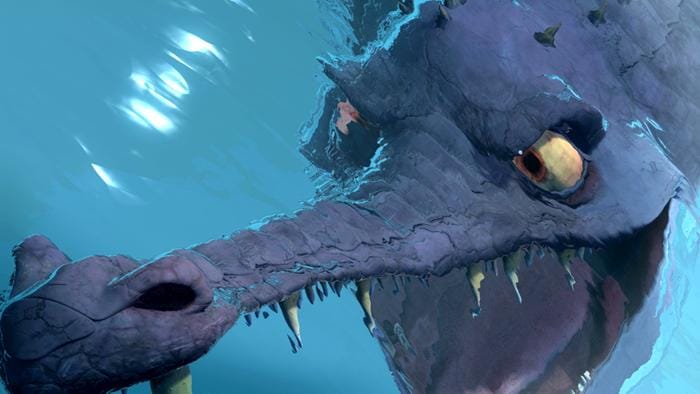

Provide a secure environment that does not allow escape of or accidental entrapment of animals or their appendages between opposing surfaces or by structural openings.Īre free of sharp edges or projections that could cause injury to the animals.Īllow observation of the animals with minimal disturbance of them. Make it possible for the animals to remain clean and dry (as consistent with the requirements of the species).Īllow the animals access to food and water and permit easy filling, refilling, changing, servicing, and cleaning of food and water utensils. Acceptable primary enclosuresĪllow for the normal physiologic and behavioral needs of the animals, including urination and defecation, maintenance of body temperature, normal movement and postural adjustments, and, where indicated, reproduction.Īllow conspecific social interaction and development of hierarchies within or between enclosures. The primary enclosure (usually a cage, pen, or stall) provides the limits of an animal's immediate environment. Available data indicate that temperature, humidity, and concentrations of gases and particulate matter are often higher in an animal's microenvironment than in the macroenvironment (Besch 1980 Flynn 1959 Gamble and Clough 1976 Murakami 1971 Serrano 1971). Measurement of the characteristics of the microenvironment can be difficult in small primary enclosures. Although the microenvironment and the macro-environment are linked by ventilation between the primary and secondary enclosures, the environment in the primary enclosure can be quite different from the environment in the secondary enclosure and is affected by the design of both enclosures. The physical environment of the secondary enclosure-such as a room, a barn, or an outdoor habitat-constitutes the macroenvironment. The microenvironment of an animal is the physical environment immediately surrounding it-the primary enclosure with its own temperature, humidity, and gaseous and particulate composition of the air.

The following sections discuss some considerations of the physical environment related to common research animals. Expert advice might be sought for special requirements associated with the experiment or animal subject (for example, hazardous-agent use, behavioral studies, and immunocompromised animals, farm animals, and nontraditional laboratory species). For some species, it might be appropriate to approximate the natural environment for breeding and maintenance. The environment in which animals are maintained should be appropriate to the species, its life history, and its intended use. After the decision-making process, objective assessments should be made to substantiate the adequacy of animal environment, husbandry, and management.

#Animal age 2 professional
Decisions by the IACUC in consultation with the investigator and veterinarian, should be aimed at achieving high standards for professional and husbandry practices considered appropriate for the health and well-being of the species and consistent with the research objectives. A strategy for achieving desired housing should be developed by animal care personnel with review and approval by the IACUC.

For social species, this normally requires housing in compatible pairs or groups. The presence of hazardous or disease-causing materials.Īnimals should be housed with a goal of maximizing species-specific behaviors and minimizing stress-induced behaviors. The intensity of animal manipulation and invasiveness of the procedures conducted. The project goals and experimental design (e.g., production, breeding, research, testing, and teaching). The availability or suitability of enrichments. The ability of the animals to form social groups with conspecifics through sight, smell, and possibly contact, whether the animals are maintained singly or in groups. The species, strain, and breed of the animal and individual characteristics, such as sex, age, size, behavior, experiences, and health. Many factors should be considered in planning for adequate and appropriate physical and social environment, housing, space, and management. Well-trained and motivated personnel can often ensure high-quality animal care, even in institutions with less than optimal physical plants or equipment. Specific operating practices depend on many factors that are peculiar to individual institutions and situations. A good management program provides the environment, housing, and care that permit animals to grow, mature, reproduce, and maintain good health provides for their well-being and minimizes variations that can affect research results. Proper housing and management of animal facilities are essential to animal well-being, to the quality of research data and teaching or testing programs in which animals are used, and to the health and safety of personnel. Animal Environment, Housing, and Management


 0 kommentar(er)
0 kommentar(er)
